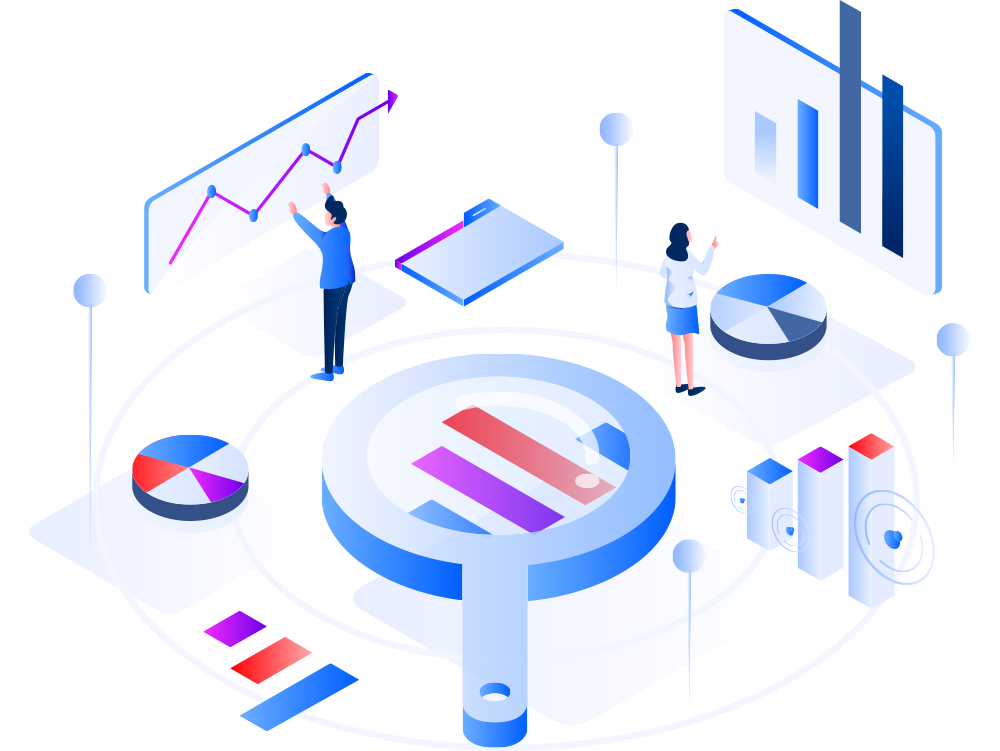In today’s digital landscape, marketers face a crucial decision: stick with traditional marketing methods or embrace the power of content marketing. Indeed, billboards and TV commercials continue to dot our physical and digital landscapes, but content marketing has emerged as the clear winner in reaching out to new consumers. Let’s find out why content marketing is no trend; it’s the future of brand-consumer relationships.
The Evolution of Marketing: From Interruption to Attraction
Traditional marketing has long relied on the art of interruption. Think television commercials breaking into your favorite show or magazine ads competing for attention between articles. While these methods served their purpose in the past, today’s consumers have grown increasingly resistant to such interruptions.
Enter content marketing—a methodology that flips the model on its head. Instead of interrupting the consumer, content marketing attracts the consumer by offering something of value, either in the form of information or entertainment, or as a solution to their problems. This fundamental shift from pushing messages to pulling audiences is a dramatic evolution in how brands connect with target markets.
Core Differences That Matter
1. Approach and Consumer Reception
Traditional marketing often follows a one-way communication model, broadcasting messages to a broad audience. Content marketing, however, initiates a dialogue. When Netflix creates behind-the-scenes content about popular shows or HubSpot publishes comprehensive marketing guides, they’re not just advertising – they’re providing value that audiences actively seek out.
2. Longevity and Return on Investment
While traditional marketing campaigns typically have a fixed lifespan, content marketing assets can continue delivering value for years. A well-researched blog post or informative video can generate traffic, leads, and conversions long after its initial publication. For instance, HubSpot reports that 90% of their blog leads come from posts published more than six months ago.
3. Trust Building and Authenticity
Modern consumers are sophisticated and value authenticity. Content marketing naturally aligns with this preference by focusing on building trust through valuable information rather than pure promotion. According to the Content Marketing Institute, 96% of the most successful content marketers agree that their audience views their organization as a credible and trusted resource.
Why Content Marketing Dominates the Digital Age
Personalization at Scale
Content marketing leverages AI and data analytics to deliver personalized experiences that traditional marketing can’t match. Modern content platforms can analyze user behavior and preferences to recommend relevant content, creating a more engaging and personalized user experience. Companies using personalized content report seeing revenue increases of up to 20%.
SEO and Organic Growth
While traditional marketing requires continuous investment to maintain visibility, content marketing builds lasting organic traffic through SEO. A strong content strategy can:
- Improve search engine rankings
- Drive consistent organic traffic
- Reduce long-term marketing costs
- Build domain authority
Research shows that content marketing costs 62% less than traditional marketing while generating about 3 times as many leads.
Measurable Impact and Optimization
Unlike many traditional marketing methods, content marketing provides detailed analytics about audience engagement and conversion. This data-driven approach allows marketers to:
- Track content performance in real-time
- Understand audience preferences
- Optimize content strategies based on actual results
- Calculate precise ROI
Building Genuine Relationships
Content marketing excels at fostering authentic connections with audiences. By providing valuable information and solving real problems, brands can build lasting relationships with their customers. According to studies, 70% of consumers feel closer to a company as a result of content marketing.
The AI Advantage in Content Marketing
Artificial intelligence has further widened the gap between content and traditional marketing. AI-powered tools now enable:
- Predictive analytics for content performance
- Automated content personalization
- Smart content distribution
- Real-time optimization of content strategies
These capabilities make content marketing more efficient and effective than ever before, while traditional marketing struggles to keep pace with technological advancement.
Making the Transition: Steps for Success
For businesses looking to shift from traditional to content marketing, consider these steps:
1. Audit Your Current Marketing Mix
– Evaluate existing marketing efforts
– Identify opportunities for content creation
– Assess your target audience’s content preferences
2. Develop a Content Strategy
– Define clear goals and KPIs
– Create buyer personas
– Plan content themes and types
– Establish a content calendar
3. Invest in the Right Tools
– Content management systems
– Analytics platforms
– SEO tools
– Social media management software
4. Start Small and Scale
– Begin with one or two content types
– Monitor performance and gather data
– Expand based on results and insights
The Final Verdict
While traditional marketing still has its place in certain contexts, content marketing has emerged as the clear winner in the digital age. Its ability to provide value, build lasting relationships, and deliver measurable results makes it the superior choice for modern businesses.
The numbers tell the story: content marketing leaders experience 7.8 times more site traffic than non-leaders and companies that blog receive 97% more links to their websites. As AI and digital technologies evolve, the gap between content marketing and traditional marketing will only widen.
The future of marketing belongs to those who can provide value, build trust, and engage audiences meaningfully through content. The question isn’t whether to embrace content marketing – it’s how quickly you can make the transition to stay competitive in an increasingly digital world.

